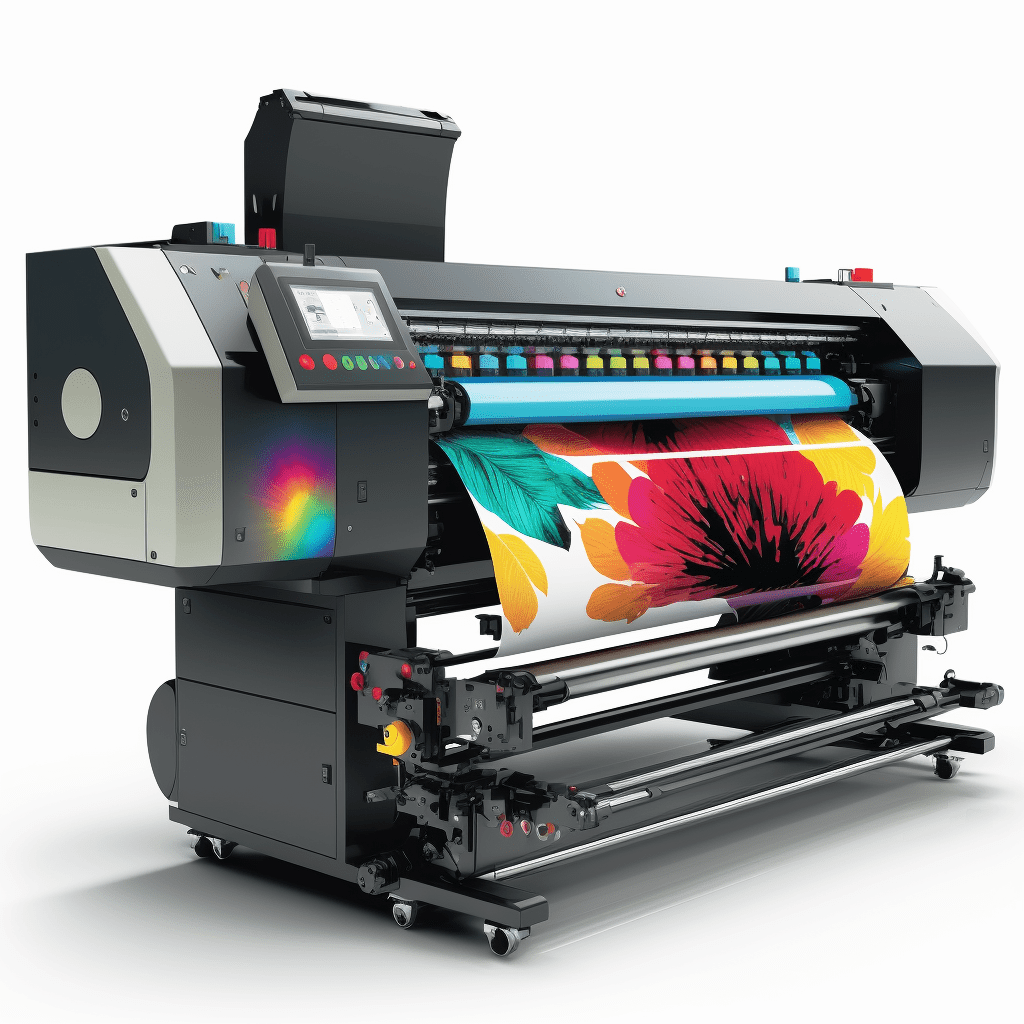3D-печать
3D printing is a revolutionary technology that allows apparel manufacturers to create prototypes and samples quickly and efficiently. With 3D printing, designers can create 3D models of their designs and print them out in various materials to get a better idea of how they will look and feel.

Автоматизация
Automation has become increasingly prevalent in apparel manufacturing, with machines and robots taking over many of the repetitive and time-consuming tasks. From cutting and sewing to packing and shipping, automation has led to increased efficiency, higher productivity, and improved quality.
Цифровая печать
Digital printing is a process that uses inkjet technology to print designs directly onto fabric. This technology allows for more detailed and vibrant designs and is more environmentally friendly than traditional printing methods.

Smart Textiles
Smart textiles are fabrics that are integrated with technology, such as sensors, LEDs, and conductive fibers. These textiles can be used for a variety of applications, including fitness wear, medical garments, and military uniforms.
Sustainable Manufacturing
Sustainability has become a top priority for apparel manufacturers, with many companies implementing eco-friendly practices such as using organic cotton, recycled materials, and reducing waste. Sustainable manufacturing not only benefits the environment but can also attract consumers who are increasingly conscious of the impact of their purchasing decisions.

Заключение
Innovative technologies and processes have revolutionized apparel manufacturing, leading to increased efficiency, improved quality, and more sustainable practices. From 3D printing and automation to digital printing and smart textiles, these innovations are transforming the industry.
Часто задаваемые вопросы
Here are some frequently asked questions about apparel manufacturing innovations:
- What is 3D printing, and how is it used in apparel manufacturing?
3D printing is a technology that allows for the creation of 3D models and prototypes quickly and efficiently. In apparel manufacturing, it can be used for creating samples and prototypes.
- What is digital printing, and how is it different from traditional printing methods?
Digital printing is a process that uses inkjet technology to print designs directly onto fabric. It allows for more detailed and vibrant designs and is more environmentally friendly than traditional printing methods.
- What are smart textiles, and how are they used in apparel manufacturing?
Smart textiles are fabrics that are integrated with technology, such as sensors, LEDs, and conductive fibers. They can be used for a variety of applications, including fitness wear, medical garments, and military uniforms.
- What is sustainable manufacturing, and why is it important?
Sustainable manufacturing is the practice of using eco-friendly materials and processes to reduce the impact on the environment. It is important for the long-term health of the planet and can also attract consumers who are increasingly conscious of the impact of their purchasing decisions.
























